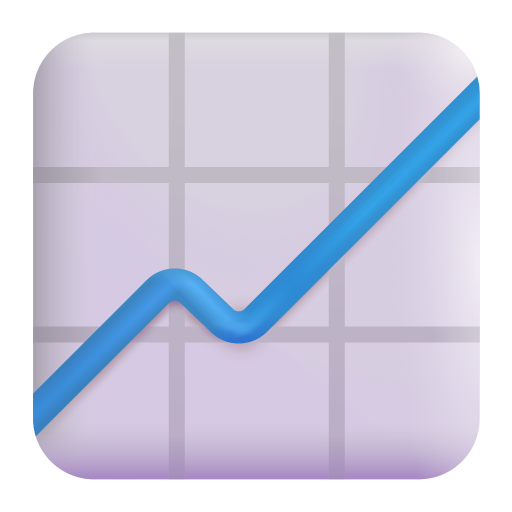Why Does a Conversion Funnel Matter?
Conversion funnels are vital for:- Understanding Customer Journeys: Tracks how users progress toward goals.
- Identifying Bottlenecks: Highlights areas where users drop off.
- Improving Conversions: Optimizes each stage to maximize success rates.
How to Optimize a Conversion Funnel
- Map the Funnel Stages: Identify touchpoints from awareness to conversion.
- Analyze Performance: Use analytics to measure success at each stage.
- Address Drop-Off Points: Simplify navigation and reduce friction.
- Provide Value at Every Step: Align content and offers with user intent.
- Test and Iterate: Continuously refine strategies based on data insights.
FAQs
What are the main stages of a conversion funnel?
Awareness, interest, consideration, intent, purchase, and retention.
What causes drop-offs in a funnel?
Common reasons include unclear CTAs, slow page speeds, and lack of trust signals.
How do you measure funnel performance?
Use metrics like conversion rates, bounce rates, and time spent per stage.
What’s the role of personalization in a funnel?
Tailored experiences guide users more effectively through the funnel.
Can funnels differ by business type?
Yes, funnels vary based on industry, target audience, and goals.
FAQs
What are the main stages of a conversion funnel?
Awareness, interest, consideration, intent, purchase, and retention.
What causes drop-offs in a funnel?
Common reasons include unclear CTAs, slow page speeds, and lack of trust signals.
How do you measure funnel performance?
Use metrics like conversion rates, bounce rates, and time spent per stage.
What’s the role of personalization in a funnel?
Tailored experiences guide users more effectively through the funnel.
Can funnels differ by business type?
Yes, funnels vary based on industry, target audience, and goals.
 Holiday Sales Are Won Now — Grab the 2025 Holiday Marketing Guide to Unlock More Revenue.
Holiday Sales Are Won Now — Grab the 2025 Holiday Marketing Guide to Unlock More Revenue. 








